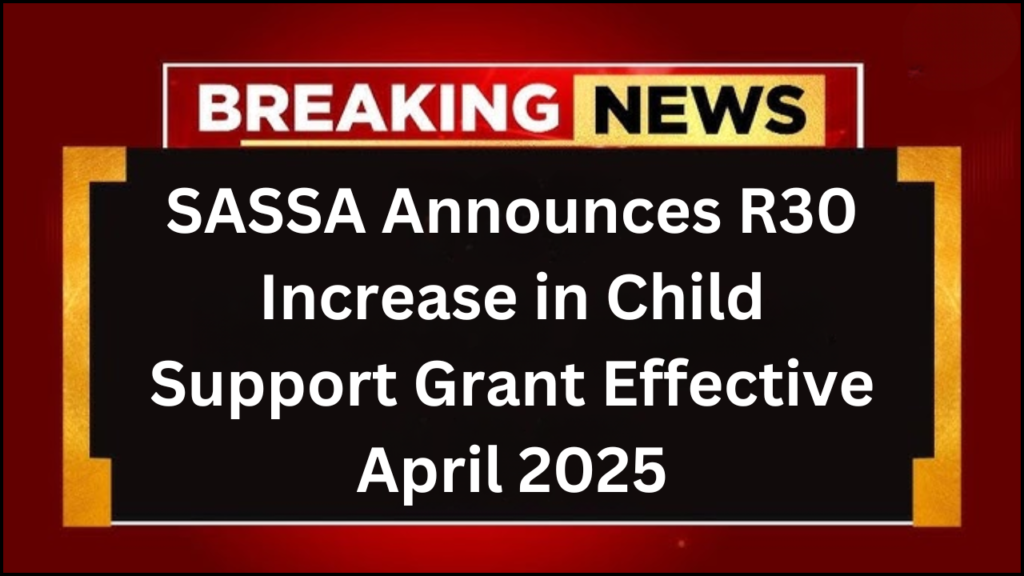
Climate change is one of the most talked-about topics in our world today. But what exactly is it, and why should we care? This article breaks down the complex science of climate change into simple terms that everyone can understand.
What Is Climate Change?
Climate change refers to long-term shifts in temperatures and weather patterns. While these changes can happen naturally, since the 1800s, human activities have been the main driver of climate change, primarily due to the burning of fossil fuels like coal, oil, and gas, which produces heat-trapping gases.
The Difference Between Weather and Climate
Many people confuse weather and climate. Here’s a simple way to understand the difference:
| Weather | Climate |
|---|---|
| What’s happening in the atmosphere right now | Average weather patterns over a long period (typically 30+ years) |
| Can change hour to hour, day to day | Changes slowly, over decades or centuries |
| “It’s raining today” | “This region typically gets 30 inches of rain annually” |
| Short-term variations | Long-term trends |
SASSA Grants 2025, Check Eligibility, Applications, and Updates
SASSA Grant Increases for April 2025, New Grant Amounts, Payment Dates
SASSA Disability Grant Changes in 2025, New Online Application Process
South African Fuel Prices Drop in March 2025, Check New Changes
SASSA Old Age Pension 2025, Check Higher Benefits
Key Causes of Climate Change
Human activities have increased the amount of greenhouse gases in our atmosphere. These gases trap heat from the sun and make the Earth warmer.
| Major Greenhouse Gases | Main Sources |
|---|---|
| Carbon dioxide (CO₂) | Burning fossil fuels, deforestation |
| Methane (CH₄) | Livestock farming, waste decomposition, rice paddies |
| Nitrous oxide (N₂O) | Agricultural fertilizers, industrial processes |
| Fluorinated gases | Industrial processes, refrigeration, air conditioning |
Evidence of Climate Change
Scientists have gathered strong evidence showing that our climate is changing:
- Rising temperatures: The Earth’s average temperature has increased by about 1.1°C since the pre-industrial era.
- Melting ice and rising sea levels: Glaciers are retreating, polar ice is melting, and sea levels are rising.
- Extreme weather events: More frequent and intense heatwaves, droughts, floods, and storms.
- Ocean acidification: As oceans absorb CO₂, they become more acidic, harming marine life.
Global Temperature Increase Over Time
| Time Period | Temperature Increase (°C) |
|---|---|
| 1880-1980 | 0.4 |
| 1980-2000 | 0.3 |
| 2000-2020 | 0.4 |
| Total since 1880 | 1.1 |
Impacts of Climate Change
Climate change affects almost every aspect of our lives:
Environmental Impacts
- Melting polar ice caps and glaciers
- Rising sea levels threatening coastal areas
- More frequent wildfires
- Loss of wildlife habitats and species extinction
- Changes in plant growth seasons
Human Impacts
- Threats to food security due to changing growing conditions
- Water scarcity in some regions
- Health risks from heat-related illnesses and spreading disease
- Damage to homes and infrastructure from extreme weather
- Population displacement (climate refugees)
Most Vulnerable Regions
| Region | Main Climate Threats |
|---|---|
| Low-lying islands and coastal areas | Sea level rise, flooding, storm surges |
| Sub-Saharan Africa | Drought, food insecurity, water scarcity |
| South Asia | Flooding, extreme heat, changing monsoon patterns |
| Arctic regions | Rapid warming, melting permafrost |
| Mediterranean basin | Water shortages, heat waves, wildfires |
What Can We Do About Climate Change?
We can take action at different levels to help address climate change:
Individual Actions
- Reduce energy use: Turn off lights and appliances when not in use, and use energy-efficient products.
- Transportation choices: Walk, bike, use public transport, or carpool when possible. Consider electric vehicles.
- Food choices: Eat more plant-based meals and less meat, especially beef. Reduce food waste.
- Consume thoughtfully: Buy less, reuse items, recycle properly, and choose products with less packaging.
Community and National Actions
- Support renewable energy: Solar, wind, and other clean energy sources.
- Improve energy efficiency: Better building codes and industrial processes.
- Protect forests and plant trees: Trees absorb carbon dioxide.
- Develop climate policies: Carbon pricing, emissions standards, and investments in clean technology.
Energy Sources and Their Carbon Footprint
| Energy Source | Carbon Emissions (grams CO₂ equivalent per kWh) |
|---|---|
| Coal | 820-1,050 |
| Natural Gas | 490 |
| Solar | 41-48 |
| Wind | 11-12 |
| Nuclear | 12 |
| Hydroelectric | 24 |
Progress in Climate Action
Despite the challenges, there are positive trends:
- Renewable energy growth: Solar and wind power costs have fallen dramatically, making them increasingly competitive with fossil fuels.
- Electric vehicle adoption: Sales of electric vehicles are growing worldwide.
- International cooperation: The Paris Agreement brings countries together to combat climate change.
- Business leadership: Many companies are setting emissions reduction targets and investing in sustainable practices.
- Youth activism: Young people are raising awareness and demanding action on climate change.
Renewable Energy Growth
| Year | Global Renewable Energy Capacity (GW) |
|---|---|
| 2010 | 1,223 |
| 2015 | 1,849 |
| 2020 | 2,799 |
| 2024 | 3,870 |
Looking Ahead
Scientists say we need to limit global warming to 1.5°C above pre-industrial levels to avoid the worst impacts of climate change. This requires rapid, far-reaching changes in how we produce energy, grow food, manage land, and power our transportation.
The good news is that many of the actions needed to fight climate change also bring other benefits: cleaner air, improved public health, stronger economies, and more secure food and water supplies.
By understanding the basics of climate change, we can all make more informed choices and be part of the solution to one of the biggest challenges facing our planet.





